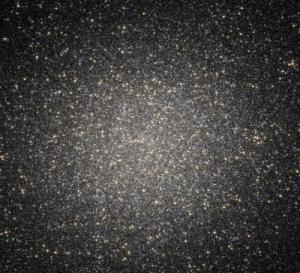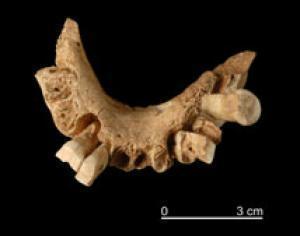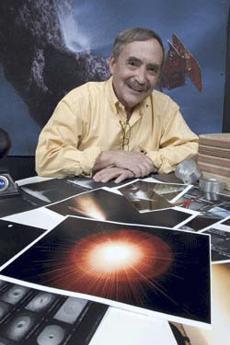A new discovery has resolved some of the mystery surrounding Omega Centauri, the largest and brightest globular cluster in the sky. Images obtained with the Advanced Camera for Surveys onboard the NASA/ESA Hubble Space Telescope and data obtained by the GMOS spectrograph on the Gemini South telescope in Chile show that Omega Centauri appears to harbour an elusive intermediate-mass black hole in its centre. "This result shows that there is a continuous range of masses for black holes, from supermassive, to intermediate-mass, to small stellar mass types", explained astronomer Eva Noyola of the Max-Planck Institute for Extraterrestrial Physics in Garching, Germany, and leader of the team that made the discovery.

|
| ©NASA, ESA and the Hubble Heritage Team (STScI/AURA) Acknowlegement: A. Cool (San Francisco State Univ.) and J. Anderson (STScI)
|
| A new discovery has resolved some of the mystery surrounding Omega Centauri, the largest and brightest globular cluster in the sky. Images obtained with the Advanced Camera for Surveys onboard the NASA/ESA Hubble Space Telescope and data obtained by the GMOS spectrograph on the Gemini South telescope in Chile show that Omega Centauri appears to harbor an elusive intermediate-mass black hole in its center.
|






Comment: It is interesting that the same "humans are responsible" angle is being promoted regarding the mammoths, as is being actively pushed regarding modern climate change. See the SOTT special: Fire and Ice: The Day After Tomorrow for more on this subject, which does not necessarily support these views.